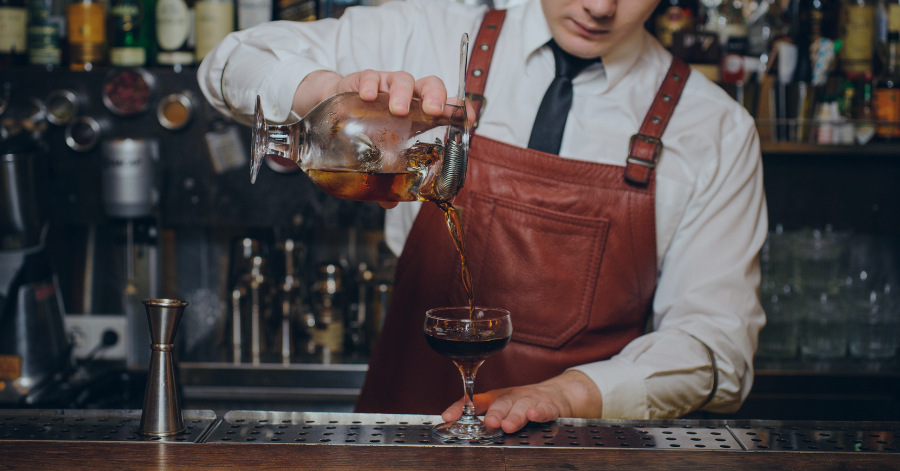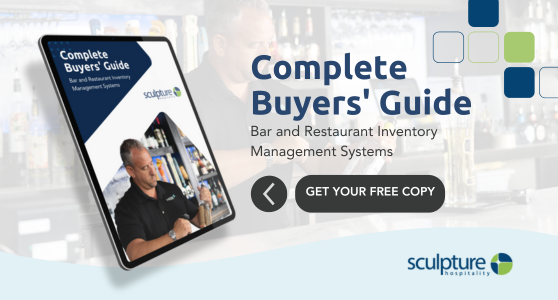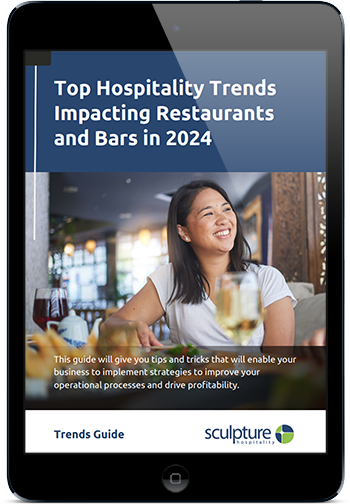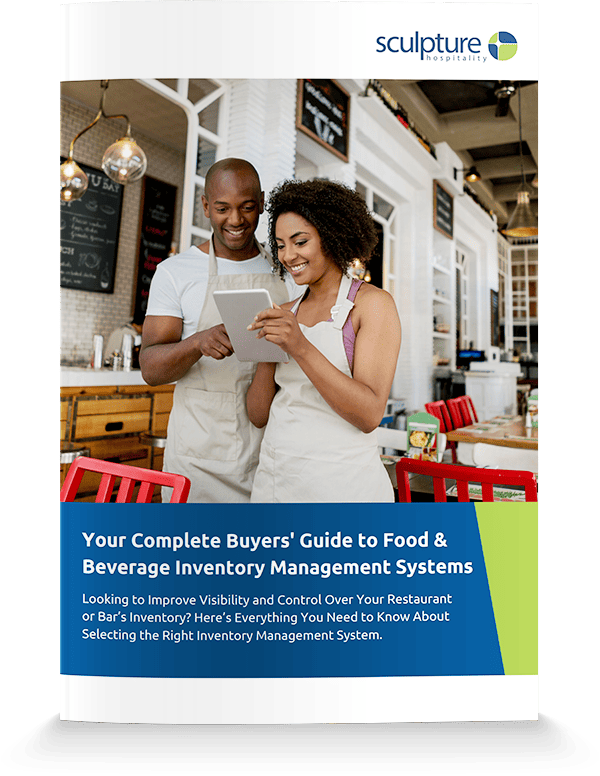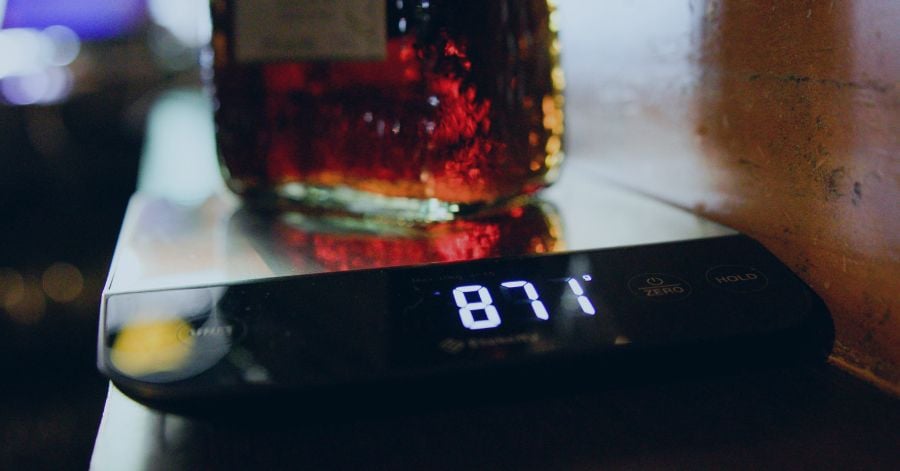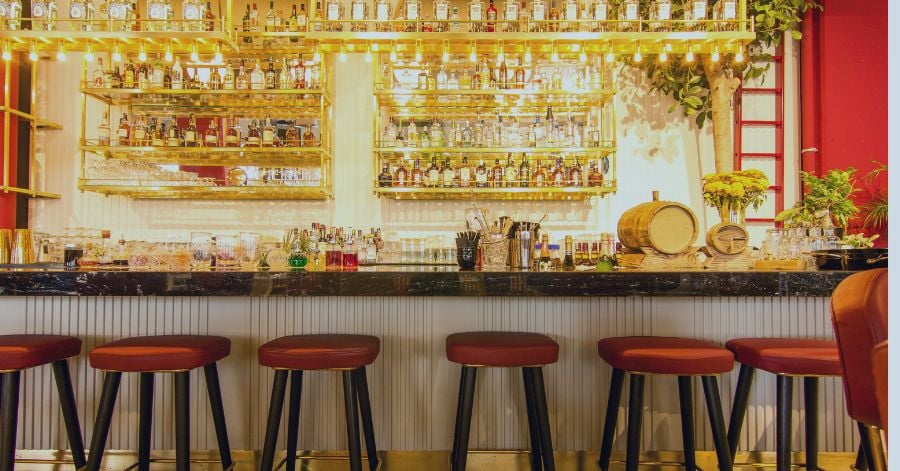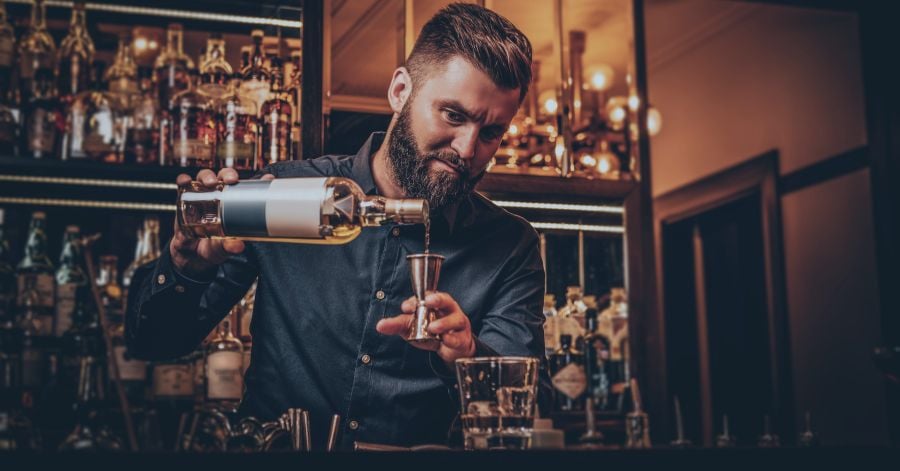Overpouring may sound like an innocent enough word, but its impact on bar profits can be huge. The practice of overpouring – pouring more than the standard serving size of alcohol or other liquids – can quietly drain profits, leaving business owners scratching their heads.
In this blog, we’ll look at the nuances of overpouring, its financial implications, and offer practical solutions to prevent this common pitfall.
The Problem Overpouring
Overpouring is a common occurrence in the hospitality industry, where bartenders and servers occasionally pour more alcohol into drinks than they should.
While this might seem like a generous gesture to keep customers happy, it can lead to both financial and operational challenges. Here are a few significant impacts that come hand-in-hand with overpouring:
- Reduced Profit Margins
Overpouring directly leads to increased costs. Pouring more than the necessary amount per drink depletes your bar inventory faster, reducing the number of servings that can be made from a given quantity of alcohol. This translates to lower profit margins, as the additional liquid poured isn't generating corresponding revenue.
- Impact on Alcohol Costs
The most obvious downfall of overpouring is increased costs. In bars and restaurants, alcohol costs contribute a significant portion of your business’s overall expenses. Overpouring can substantially inflate these costs, making it more difficult to manage your financial health and potentially leading to reduced profits or even losses.
- Inaccurate Pricing
Overpouring can disrupt pricing accuracy. If drinks are consistently poured larger than the standard size, customers may come to expect that size as the norm. This can lead to discrepancies between the actual cost of production and the price charged to customers. Not to mention it can leave customers confused and dissatisfied, which leads us to our next disadvantage.
- Inconsistent Customer Experience
Serving inconsistently sized drinks due to overpouring can result in an uneven customer experience. Some patrons might receive larger drinks, while others get standard servings. This inconsistency can harm the reputation of the establishment and affect customer loyalty.
- Operational Challenges
Overpouring strains inventory management and operational efficiency. Frequent inventory shortages require more frequent orders, which can disrupt the supply chain and increase administrative work when it comes to managing stock levels.
- Training and Accountability Issues
Overpouring can stem from inadequate training or lack of accountability among staff. If employees aren't properly trained on standard serving sizes and the financial implications of overpouring, the practice may become a norm, further eroding profits.
- Regulatory Compliance
Regulators often set limits on the amount of alcohol that can be served per drink to ensure the safety of patrons. As such, overpouring alcohol can lead to violations of regulations related to responsible alcohol service and control measures.
- Loss of Competitive Edge
In a competitive industry, maintaining competitive pricing is crucial. Overpouring can force businesses to raise prices to compensate for the extra product used, putting them at a disadvantage compared to establishments that manage their pours more accurately.
How To Prevent Overpouring
These are just some of the biggest issues related to overpouring. The good news is, these issues can be easily avoided.
Implementing effective strategies to curb overpouring can lead to better inventory management, accurate pricing, and a consistent customer experience. Here are several ways to prevent overpouring:
- Standardized Training and Guidelines
Make sure all your bartenders and servers are trained on the appropriate pouring techniques and standard serving sizes. This includes providing detailed guidelines for each drink type to maintain consistency across the establishment.
- Use Measuring Tools
Equip the bar with measuring tools such as jiggers or pour spouts with controlled pour rates. These tools help ensure that each drink is poured with precision, eliminating the guesswork associated with free pouring.
- Regular Audits and Monitoring
Implement a routine auditing process to track inventory levels and sales. Regularly compare the actual usage of alcohol to the expected usage based on sales to identify discrepancies and take corrective actions. An inventory management system will make this process far easier for your business.
- Incentive Programs
Introduce incentive programs that reward staff for adhering to pouring guidelines and minimizing overpouring. Positive reinforcement can motivate employees to pour drinks accurately.
- Ongoing Education
Provide continuous education and refresher training for staff. Regularly remind them about the importance of accurate pouring and the financial impact of overpouring.
- Feedback and Communication
Establish an open channel for staff to provide feedback on operational processes, including pouring practices. Encourage them to share insights and suggestions for improvement.
- Quality Over Quantity
Emphasize the quality of drinks and customer service over larger servings. Train staff to focus on providing an exceptional experience rather than simply pouring more liquid.
- Pour Size Consistency
Regularly evaluate pour sizes during shifts to ensure that each bartender maintains consistency. This can help identify any deviations from the established guidelines.
- Management Support and Accountability
Foster a culture of accountability from top to bottom. Managers should set an example by adhering to pouring guidelines and addressing any instances of overpouring promptly.
- Utilize Glassware Markings
Use glassware with markings that indicate the appropriate fill level for various drinks. This visual aid can assist staff in accurately pouring drinks.
How Inventory Management Software Can Help
An inventory management system is a crucial tool for tackling overpouring in the hospitality industry.
By seamlessly integrating technology and operational insights, these systems contribute to the overarching goal of maintaining profitability - while allowing you to focus on delivering a world-class customer experience..
One of the pivotal advantages an inventory management system brings to the table is its ability to analyze inventory usage. By meticulously tracking inventory and sales data, inventory management systems identify trends that might indicate instances of overpouring.
This data-driven approach highlights areas where pouring practices need attention, allowing managers to design tailored training programs that address their establishments specific challenges. This not only helps mitigate overpouring but also fosters a culture of accountability among staff, aligning everyone with the establishment's goals of efficiency and financial stability.
Interested in learning more about how inventory management systems can help your bar reduce overpouring and become more profitable? Request a consultation with Sculpture Hospitality today.

